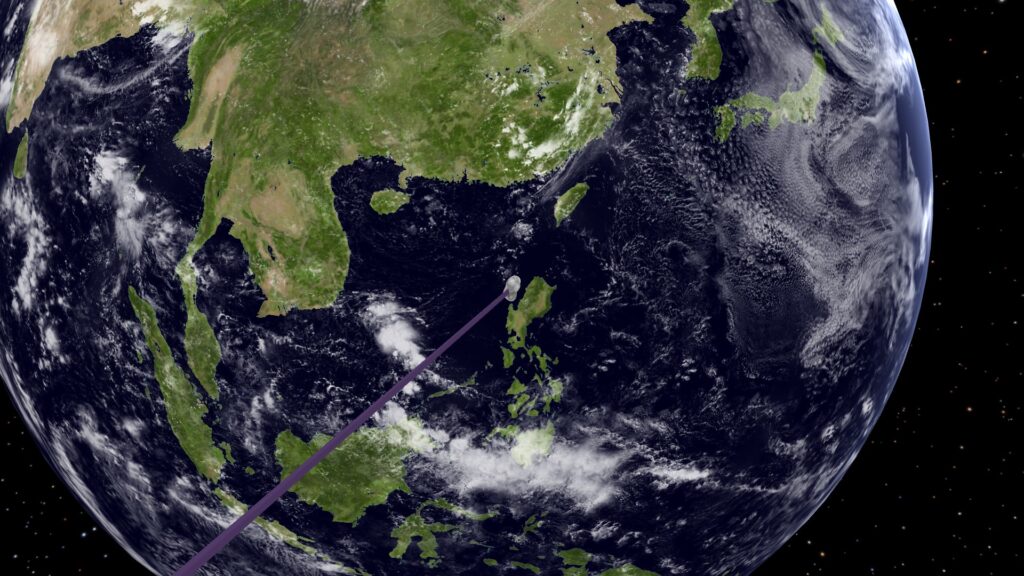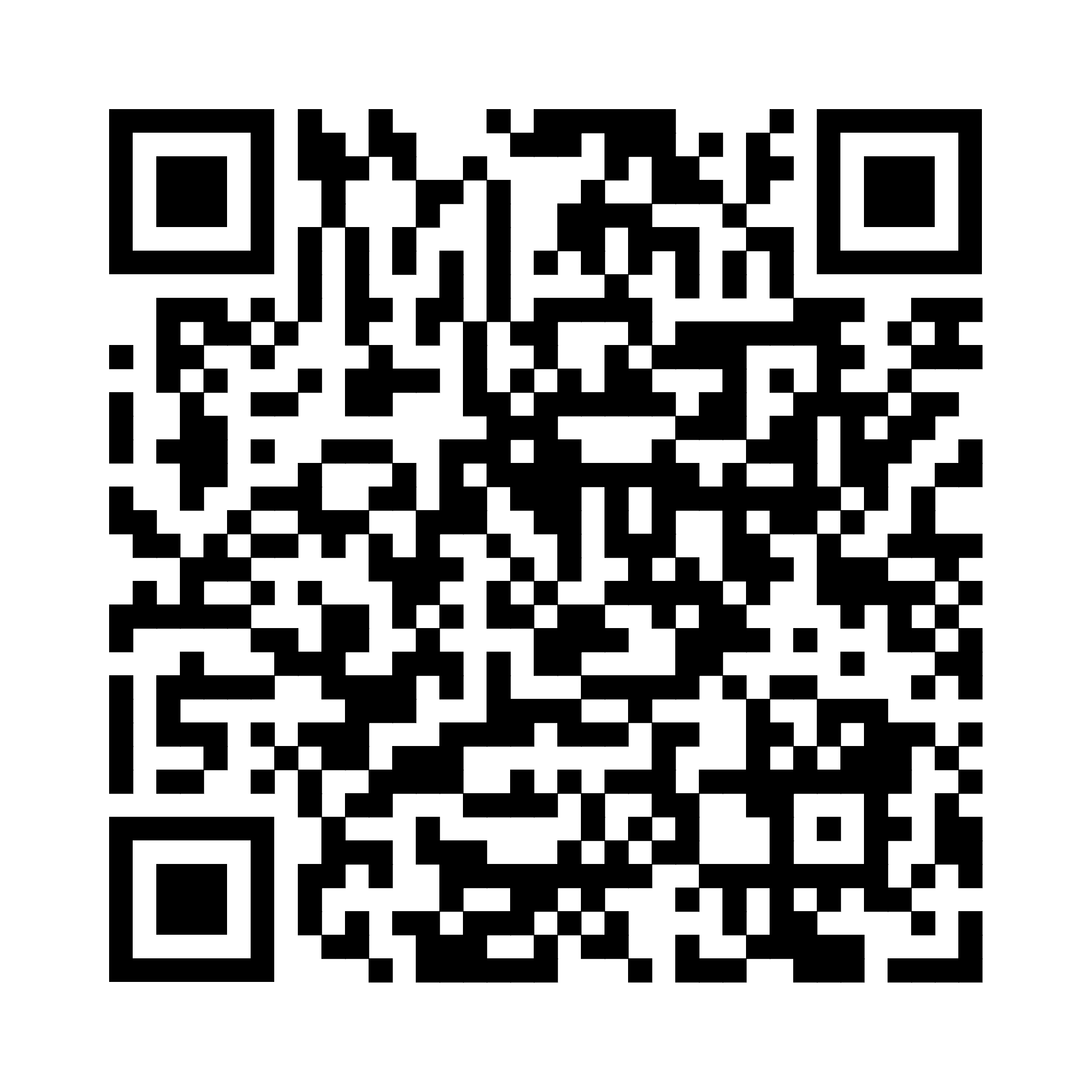The appearance of Comet Hale–Bopp took place in 1997. It was the brightest comet of the end of the last century. However, before the approach of comet Hale–Bopp with the Sun and the Earth, in 1995 there was a rather close approach of this comet with Jupiter, after which the period of the comet orbit around the Sun decreased from 4200 to 2400 years.
This video shows what would have happened to Comet Hale–Bopp if it had been flying in its orbit three months later. In this case, the Hale–Bopp comet would get even closer to Jupiter, and this would lead to dramatic changes in its orbit, and it would move from the category of long-period comets to the category of short-period comets. The period of its orbit around the Sun would be reduced to only 37 years. In 2257, another approach to Jupiter would take place, after which the period of rotation would be reduced even more – to 29 years.
This video clearly demonstrates the impact that gas giants, especially Jupiter, can have on the orbits of objects coming to us from deep space: from the Kuiper Belt and the Oort cloud.
Watch the video with subtitles.
Modeling and rendering were performed by author of AstroTubo channel using own software. Visualization of comet and its tail is also invented and implemented by the author of AstroTubo channel. The calculations took into account the mutual influence of the Sun, all the planets of the Solar System, the Moon and the comet on each other. Relativistic effects were also taken into account in the calculation. Non-gravitational effects associated with the comet nucleus matter evaporation were not taken into account.
The track ‘KOI’ by Koi-discovery sounds in this video. This track was not changed. Link: https://freemusicarchive.org/music/koi-discovery/prolegomenes/koi/
CC0 1.0 Universal (CC0 1.0) Public Domain Dedication license:
https://creativecommons.org/publicdomain/zero/1.0/





